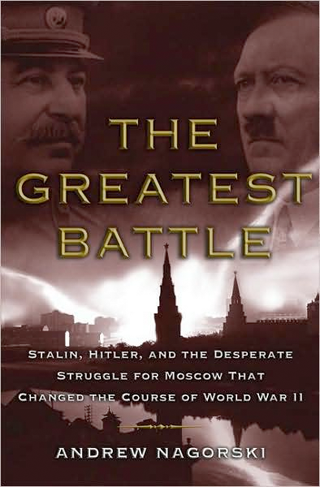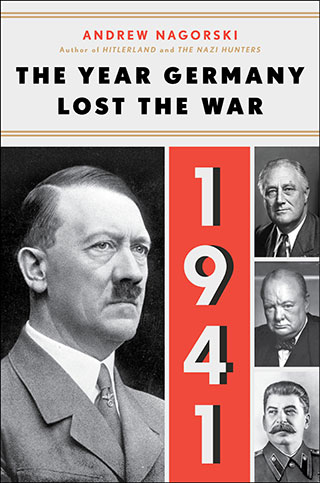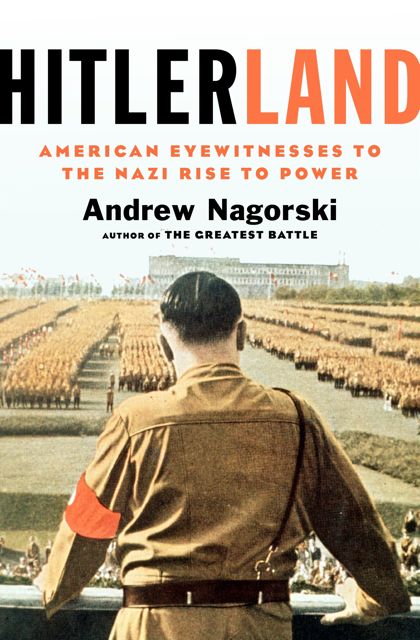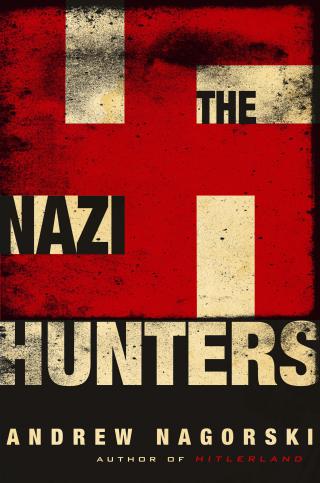Recently released documents from the Soviet archives reveal a wealth of buried atrocities.
Joseph Stalin never had any problem finding willing executioners. Everyone from his Politburo colleagues to the secret-police rank and file dutifully carried out his wishes during the Great Terror of 1937–38, when approximately 700,000 people were shot in assembly-line executions. It was a huge job, and no one was a more enthusiastic organizer than Nikolai Ezhov, the head of the NKVD, as the secret police was then called. But when, predictably, the killing frenzy began consuming the executioners themselves, Ezhov didn't go gracefully. "He started to hiccup, weep, and when he was conveyed to 'the place,' they had to drag him by the hands along the floor," a witness recalled. "He struggled and screamed terribly."
Since the Soviet archives yielded massive quantities of newly declassified documents in the 1990s, scholars have been sifting through them to find those kinds of previously unknown stories, or new details that cast well-known events in a new light. "Lenin's Brain and Other Tales From the Secret Soviet Archives" by Paul R. Gregory (164 pages. Hoover Press) draws on the author's experiences presiding over a team of scholars who have mined the Hoover Institution's extensive collection of documents from Soviet state and party archives. The result is an enticingly short sampler of stories that offer a glimpse into how the Soviet system worked in all its chilling inhumanity.
The executions of 21,857 Polish POWs and civilian officials, captured when the Soviet Union invaded Poland from the east in 1939, serve as a telling example. Known as the Katyn Forest massacre for the location where 4,421 of the Polish POWs were shot in 1940, this grisly event proved too big to cover up. A Soviet commission claimed the Poles were killed by the Germans after they invaded the Soviet Union in 1941. As late as the 1990s, even Mikhail Gorbachev, under pressure from the Poles, gave only a partial admission based on "newly discovered evidence" that had been there all along. The Katyn files in the Soviet archives, all labeled top secret, offer incontrovertible evidence that Stalin and other Soviet leaders ordered the executions, and then orchestrated the cover-up.
That practice of denying the seemingly undeniable was commonplace. After Soviet forces invaded Afghanistan in late 1979, executed President Hafizullah Amin and installed a puppet regime, Soviet propagandists came up with talking points to refute the critics. The key claim: "The Soviet Union had nothing to do with the change in government, which was exclusively an internal matter."
Cover-ups go hand in hand with obsessive secrecy, of course, and the archives reveal some behavior that is hard to fathom. After Vladimir Lenin died in 1924, his brain was preserved in a formaldehyde solution. Stalin's idea was that scientists would study the brain to prove that the Soviet founder had been a genius. But once the "Institute for the Brain" confirmed what Stalin wanted to hear, he decided to keep those "findings" secret. Gregory speculates that by 1936 Stalin may have been worried about unflattering comparisons between himself and Lenin.
The archives often betray the Soviet leaders' underlying contempt for the masses in whose name they claimed to rule. Nikolai Bukharin, one of the early purge victims, who is often portrayed as less brutal than Stalin, explained that the aim of the revolution was "to create communist human material from capitalist human material." Gregory lists other common Soviet terms such as "former people" and "marginals," referring to those whose alleged offenses or lack of productivity made them unworthy of any consideration. Such language—just like Hitler's use of the term Untermenschen (sub-humans)—was the first step toward justifying mass murder.
Entire families could be wiped out just for belonging to the wrong class or for some alleged misdeed. In one case study, Gregory recounts the story of Vladimir Moroz, whose father was executed in 1937 and whose mother was sent to the Gulag. Vladimir, 15, ended up in an orphanage and then was sent to a labor camp, where he soon perished. His crime: "defaming" Soviet leaders for what they did to his parents. "Under the pretence of progress, morality is collapsing," he wrote in his confiscated diary.
Such moving stories explain why this slim book is just the right antidote to the often-daunting studies that most scholars produce after working in the archives. The hefty tomes certainly serve their purpose. But Gregory has wisely chosen to reach out to a broader audience by providing a highly accessible primer on the deadly workings of the state that proclaimed itself the workers' paradise. In the process, he provides a timely reminder of how quickly utopian visions can be transformed into a nightmarish reality.
NAGORSKI is the author of"The Greatest Battle: Stalin, Hitler, and the Desperate Struggle for Mos-cow That Changed the Course of World War II."









